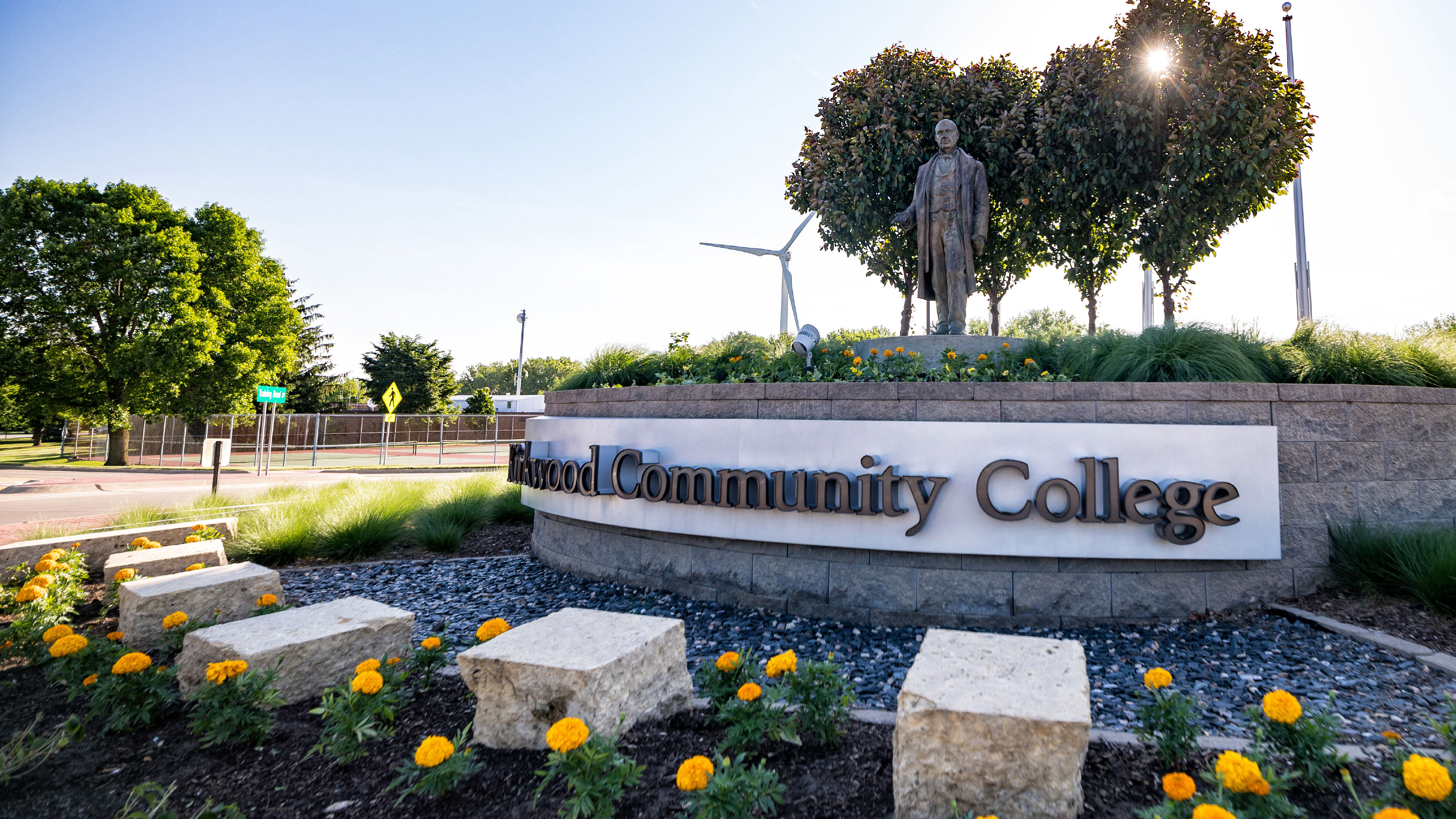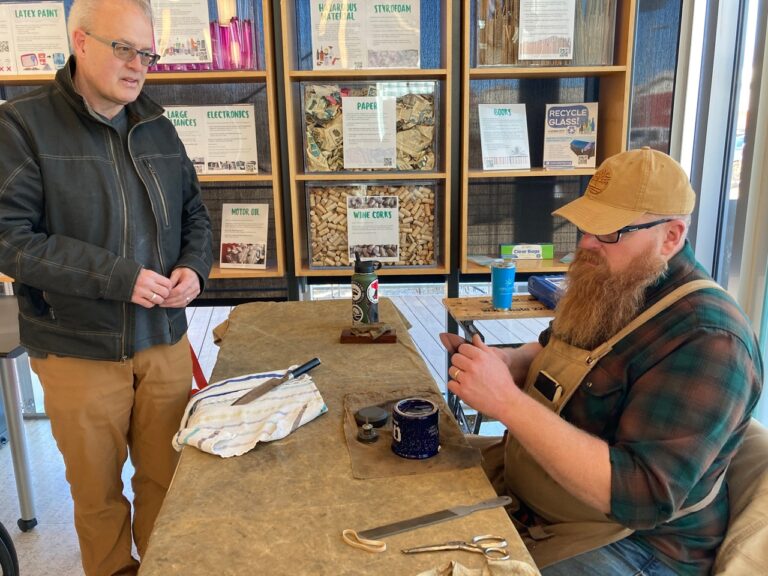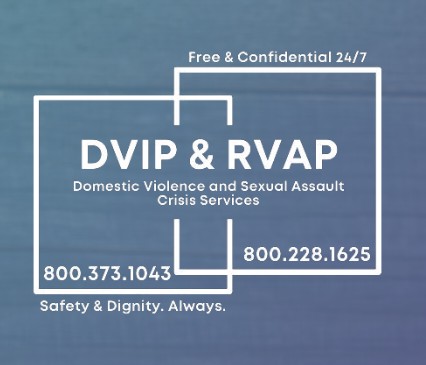By Regenia Bailey / Guest Editorial
Unless its bylaws or articles prohibit or limit their use, a nonprofit board may develop committees to support its work.
Committees serve various functions, from addressing complex and time-consuming issues to providing the leadership and volunteers needed to present a major event. Committees will not automatically make an inefficient or disengaged board function better, but they can help ensure that important board tasks such as executive evaluation, policy development and building and managing the board aren’t overlooked.
Although many boards have standing committees specified in their bylaws, it is often more useful for a board to limit the number of standing committees (which may require a bylaw change) and use taskforces or ad hoc committees to address board needs. This allows the board more flexibility in how it addresses its tasks and projects. It can also be more efficient, enabling the board to focus on its work, rather than on the care and feeding of its standing committees.
Committee work, which can provide a specific, time-limited project, is a wonderful opportunity to engage volunteers from outside the board who have a particular interest or area of expertise. This can have great appeal for volunteers who don’t have the time to serve as board members or for those who may be interested in board service but who would like to become more familiar with the organization before making a larger commitment.
An Iowa nonprofit organization must have at least two board members on its committees. Additional committee members need not be on the board.
Determining the committee’s job
The work of the board’s committees should contribute to a stronger whole, rather than fragment board work into disconnected units. It is the board’s responsibility to integrate and coordinate the work of its committees and provide direction and expectations for their work.
This means that the board must be clear about why the committee exists, its areas of responsibility and what it is expected to accomplish. Committee tasks and projects should arise either to meet the board’s governance responsibilities (executive evaluation, development of governance policies, recruitment and maintenance of the board) or to address objectives outlined in the organization’s strategic plan.
Because committees are governed by the same rules that apply to nonprofit boards, good board oversight of committee work and processes can help prevent violations of the rules. Written and adopted committee job descriptions can help clarify and affirm the purpose and expectations of the committee, and the processes and procedures it should use to accomplish its work.
It’s equally important for the board to determine the process it will use to work with its committees, as well as the kind of progress reports or minutes it will expect from its committees. The board should also be clear about its process for the evaluation of committee recommendations, taking care that it does not redo work that the committee has already done. Lines of authority, responsibility and accountability should be clarified to avoid confusion down the road.
Ideally, a committee will bring its recommendations to the board for ratification in a manner that includes the salient points of committee discussion and consideration, and outlines its thinking process, the resources used in its deliberations and its recommendation for the board to consider.
It should be noted that Iowa Code says that a board member’s reliance on the action or decision of a committee does not alone constitute compliance by the board member with the standards of board member conduct outlined in the Code. Therefore, it is important that board members are comfortable that they have exercised due diligence when considering a committee’s recommendation. When considering such a recommendation, the board always has the option of returning the item to the committee with additional questions to consider before the board moves forward on the decision.
Committees are not a panacea and should be used carefully. When used well, they can help a board address its complex and more time-consuming tasks, as well as engage additional volunteers in the organization’s work.







